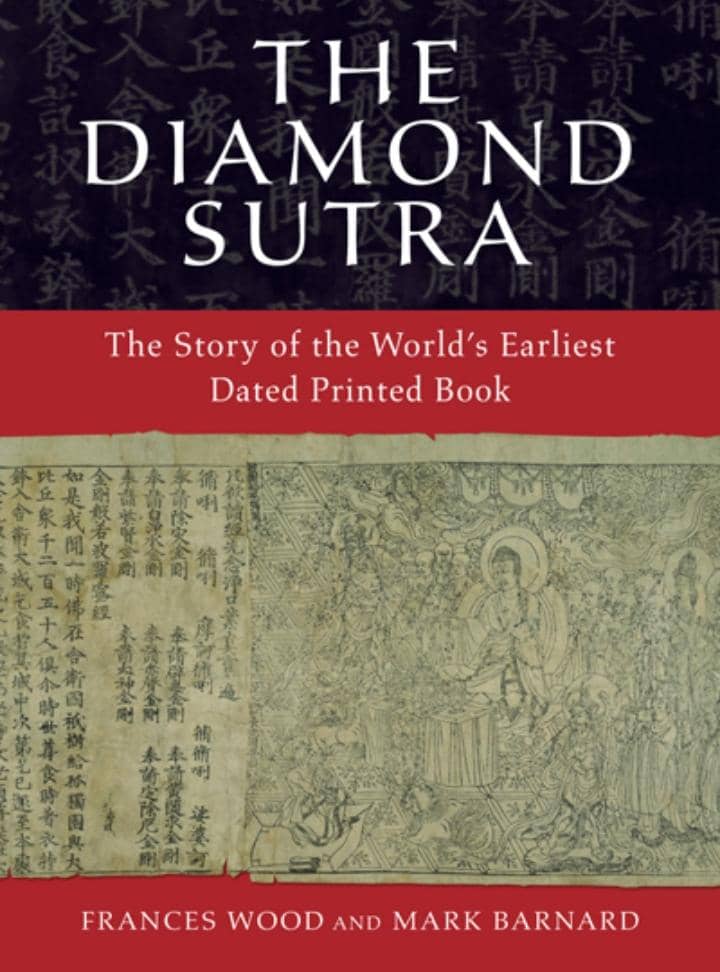China holds the distinction of being the first country to print books, with the earliest known printed text being the Diamond Sutra, produced in 868 AD during the Tang Dynasty. This significant development in printing technology emerged between 618 and 907 AD, a period marked by advancements in various cultural and technological fields.
The Diamond Sutra, a Buddhist scripture, exemplifies the early use of woodblock printing, which involved carving text into wooden blocks, inking them, and pressing them onto paper.
The Diamond Sutra was discovered in the Mogao Caves, a UNESCO World Heritage site in Dunhuang, China. These caves served as a vital hub for Buddhist monks and traders along the Silk Road, facilitating the exchange of ideas and texts.
The scroll itself is approximately 16 feet long and features intricate illustrations alongside its text, emphasizing the importance of visual elements in Buddhist teachings. The inscription on the scroll indicates it was intended for free distribution, reflecting the Buddhist principle of sharing knowledge.
The printing process used for the Diamond Sutra was labor-intensive but revolutionary. It allowed for the mass production of texts, making literature more accessible to a broader audience.
This innovation significantly contributed to the spread of literacy and education in China, fostering a culture of learning and intellectual exchange. The method of woodblock printing continued to evolve, with subsequent techniques emerging that further enhanced the efficiency of book production.
While Johannes Gutenberg is often credited with inventing the printing press in Europe around 1440, it is essential to recognize that the foundational principles of printing originated in China centuries earlier. Gutenberg’s introduction of movable type and metal printing transformed the landscape of publishing in Europe, but the groundwork laid by Chinese innovations paved the way for these advancements.
Today, the legacy of China’s early printing endeavors is evident in the global publishing industry. The Diamond Sutra remains a symbol of the profound impact of printing on human communication, culture, and education.
As we reflect on this pivotal moment in history, it is clear that the invention of printing has shaped societies worldwide, fostering the dissemination of knowledge and ideas across generations

